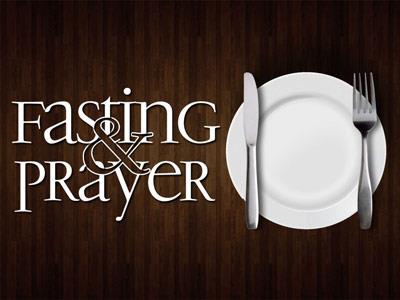-
Teach Us To Pray Series
Contributed by Ed Gratton on Aug 13, 2018 (message contributor)
Summary: Introduction to the series based on the Lord's Prayer
1 Teach us to Pray
Week 1
Luke 11:2-4, Matthew 6: 9-13
We’re starting a series for the summer called, "Lord, teach us to pray," based on the model prayer of Jesus found in Matthew 6 and the shorter version of that, which is in Luke 11. And over the next couple of months, we’ll take a look at some of the common phrases in his prayer.
It was 19th century British poet Alfred Lord Tennyson who said, "More things are wrought by prayer than this world dreams of." Arguably, prayer can keep us grounded in faith more than anything else.
But do you think that we know how to pray as we should? Prayer is a spiritual discipline. It can be strenuous and frustrating at times, and mentally and physically demanding. Prayer can also be taken for granted and it can assume a place in our hearts and minds that’s apart from our daily routines and habits.
I ran across this short little tip that someone came up with, to help us to pray. It just uses your fingers and it goes like this:
2 Five Finger Prayer
1. Your thumb is nearest you. So begin your prayers by praying for those closest to you. They are the easiest to remember.
To pray for our loved ones is, as C. S. Lewis said, a ’sweet duty.
3 2. The next finger is the pointing finger. The index finger. Pray for those who teach, instruct and heal. This includes teachers, professors, doctors, pastors or other church leaders, or coaches.
They need support and wisdom in pointing others in the right direction.
4 3. The 3rd finger is the tallest finger. It reminds us of our civic leaders. Pray for the president, leaders in business and industry, administrators and those who lead in positions of authority. These people shape our nation and guide public opinion. They need God’s guidance and wisdom.
5 4. The fourth finger is our ring finger. It’s the weakest finger of the 5. It should remind us to pray for those who are weak, in trouble, or in pain, or are going through hard times. People facing difficulties need our prayers all the time.
6 5. And last is our pinkie finger, the smallest finger. It reminds us where we should place ourselves in relation to God and other people. And it reminds us to pray for ourselves, too.
And by the time we’ve prayed for the other four groups, our needs will be put into proper perspective and we’ll be able to pray for ourselves more effectively and efficiently.
7 I think the disciples in Matthew 6 and Luke 11 may have been struggling with prayer like we do sometimes. They didn’t ask Jesus how to preach or teach, but they recognized they needed some help with prayer.
In Luke 11, Luke mentions that Jesus was "praying in a certain place," when the disciples approached Him. And we don’t know why they picked this moment to talk to Jesus about prayer. It may be that his example of prayer was a sharp contrast to their prayer-life. But whatever the reason, after he was finished and seeing a deficiency within their lives, they strike up this conversation with Jesus.
And with 5 short words, they walk into something that is timeless and has the ability to change the way we pray. “Lord, teach us to pray.” I wish we knew how they said that. Lord, teach us…Lord, teach us…Lord teach us...Regardless, something interesting was going on with the way Jesus prayed compared to the way they were. So they knew that, “Hey, this is the way we should be doing it.”
And they noticed that when we pray, we receive a gift from God Himself. Prayer is communion – it’s interaction with him. By watching Jesus, the noticed that through prayer, we know God better and he knows us. They discovered that prayer is more than simply asking God for things; that’s a selfish means to an end. By watching Jesus, they saw that prayer is not an attempt to force the hand of God, but an act of submission to Him, with the understanding that God’s answers are wiser than our prayers. Prayer is to impress us with God, more than it is to impress God with us.
Many of us grew up reciting “The Lord’s Prayer.” It’s right up there with John 3:16. And because it’s so familiar, we can say those words without even thinking too much about them. The meaning can get lost in the familiarity.
But the depth of its words can be refreshed as we rediscover this prayer and try to look at it with a different perspective. Jesus said to "not keep babbling like pagans who think they will be heard because of their repetitive prayers" (Matthew 6:7). So as we review this prayer, with deeper understanding, we may find it to be as attractive as the ones who asked the question the first time. So here’s what they said:

 Sermon Central
Sermon Central



